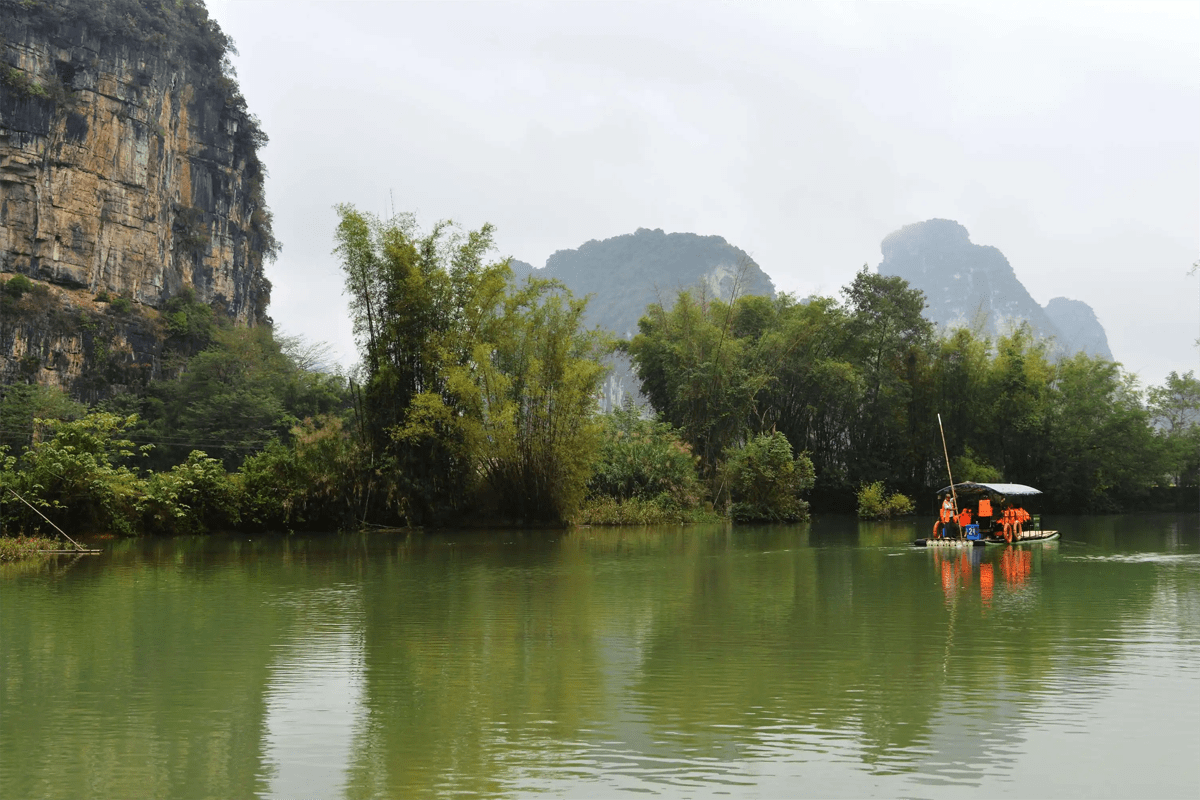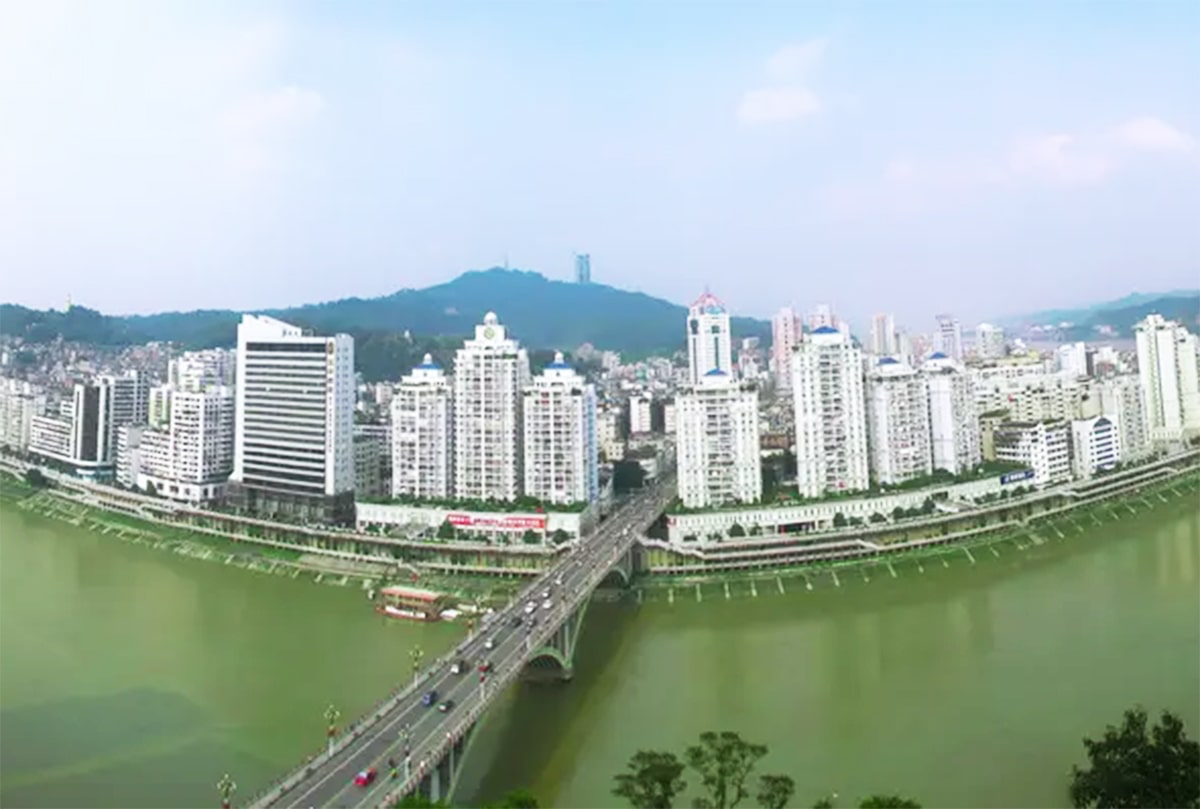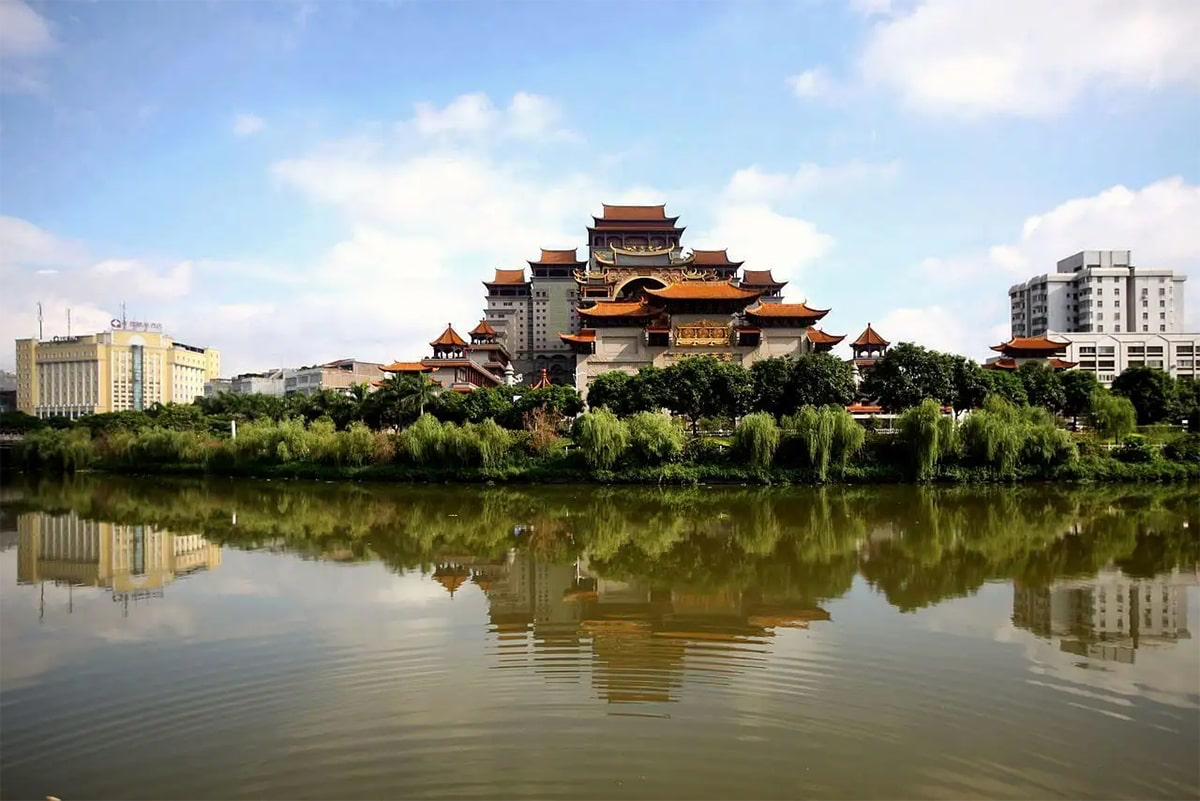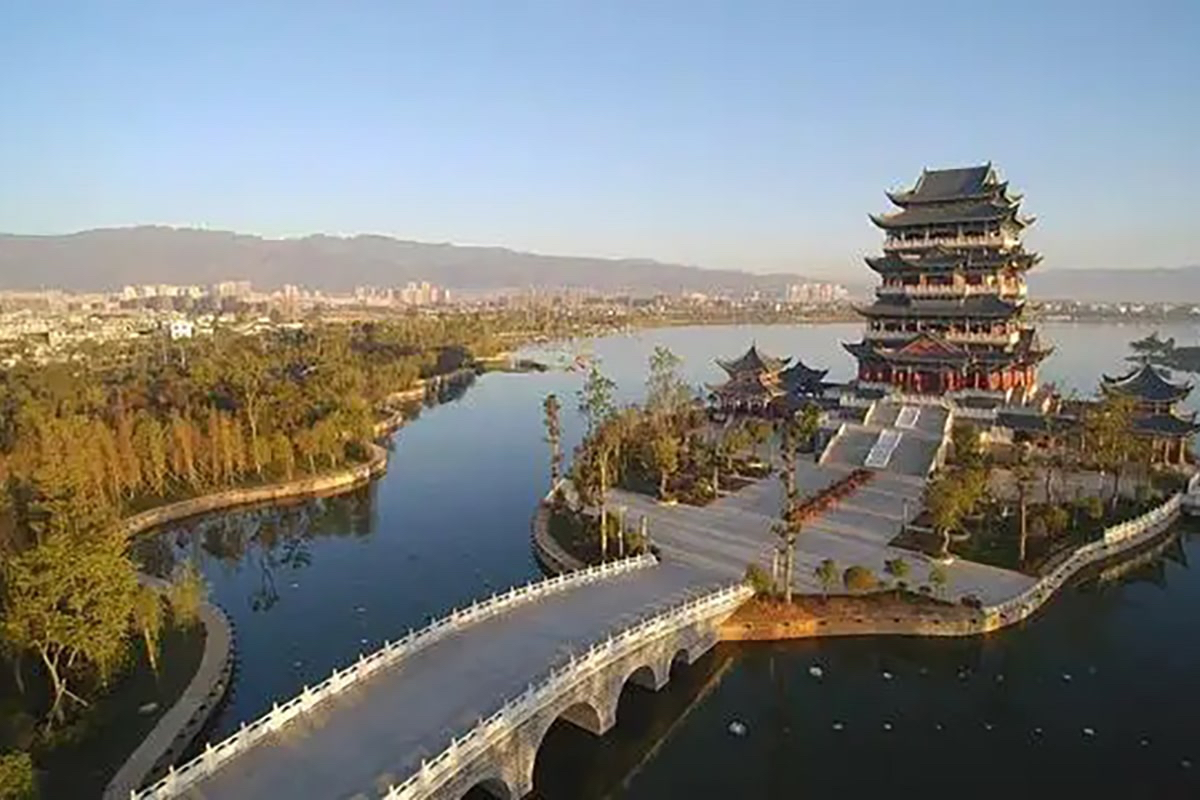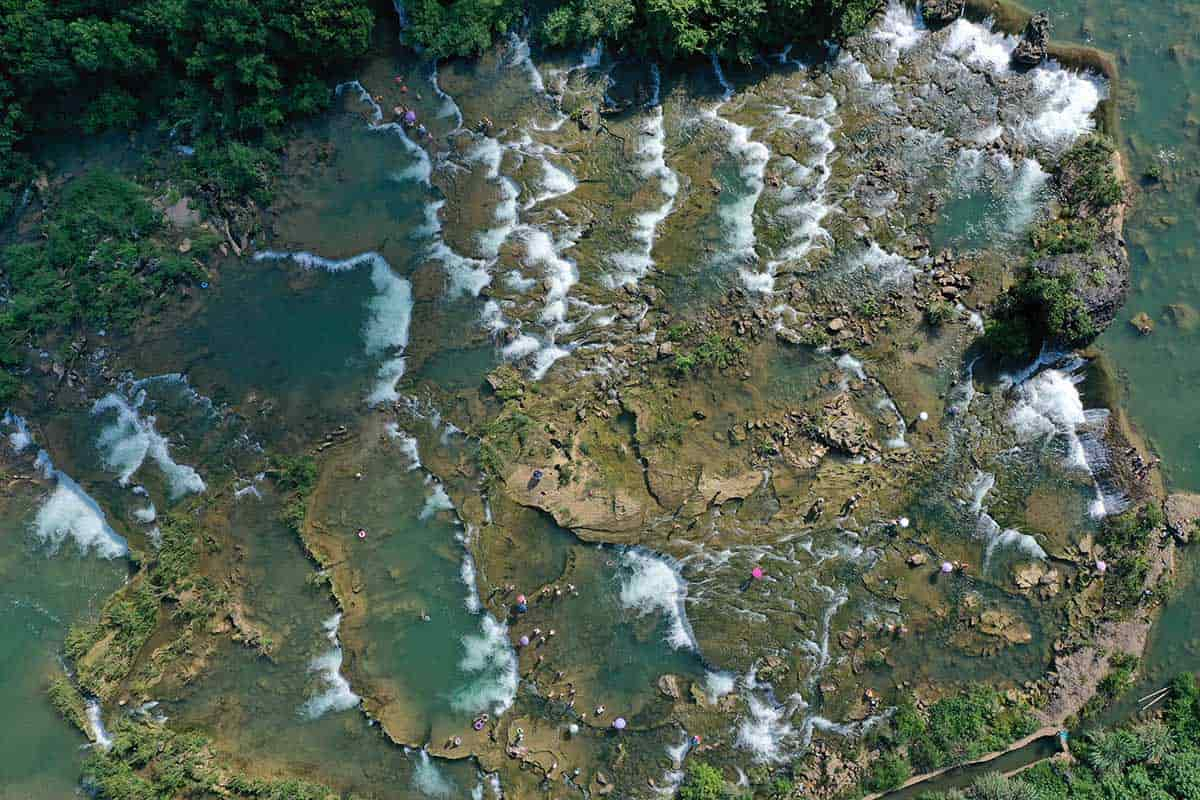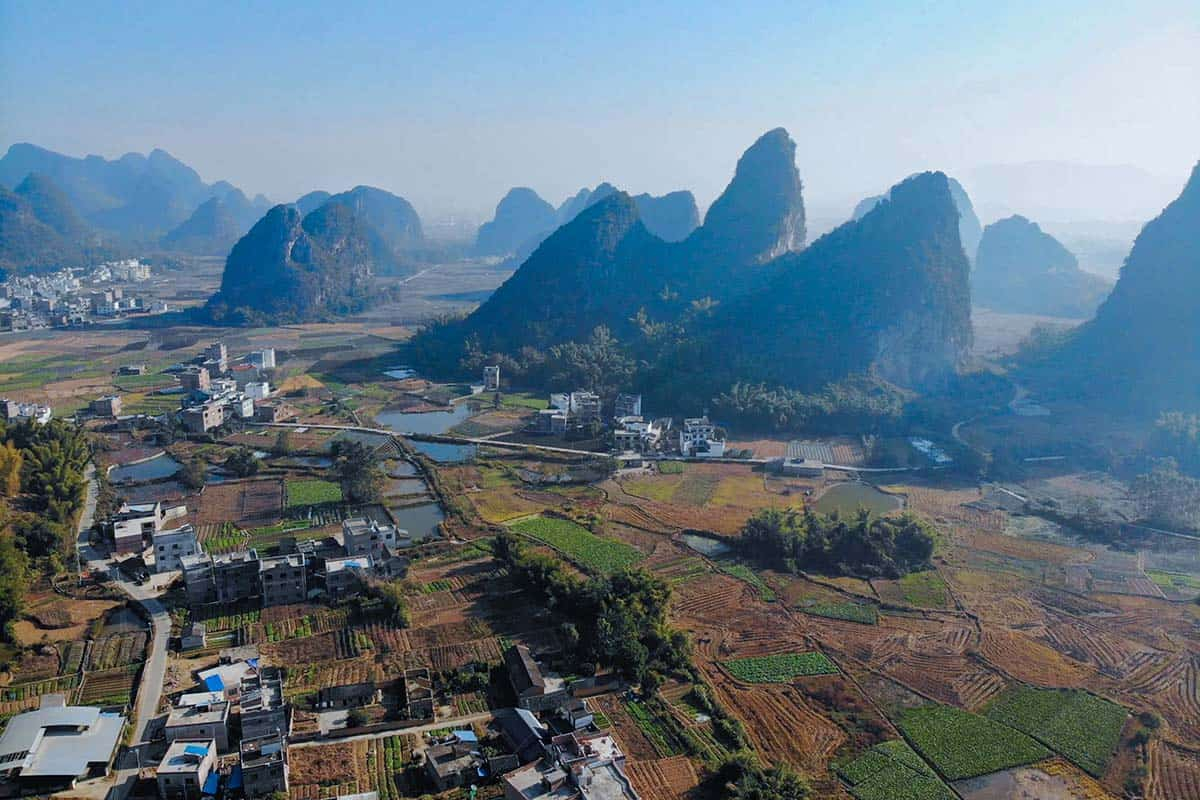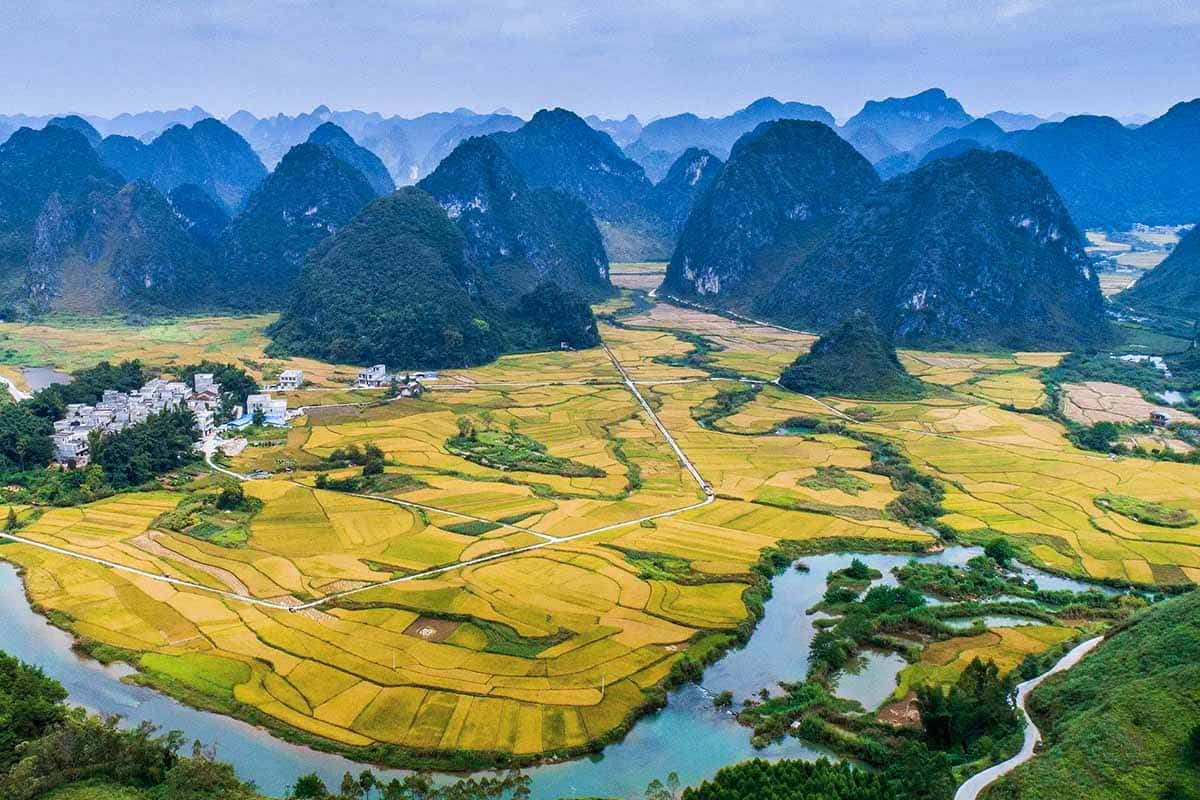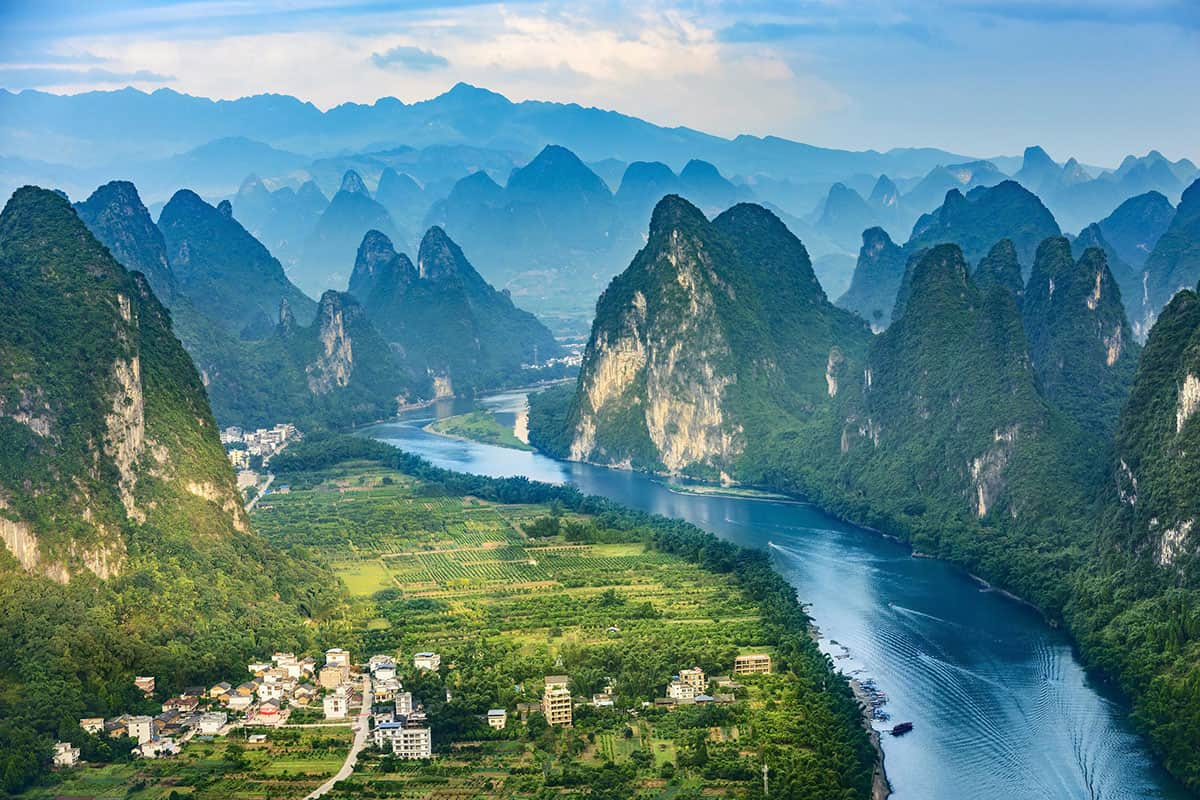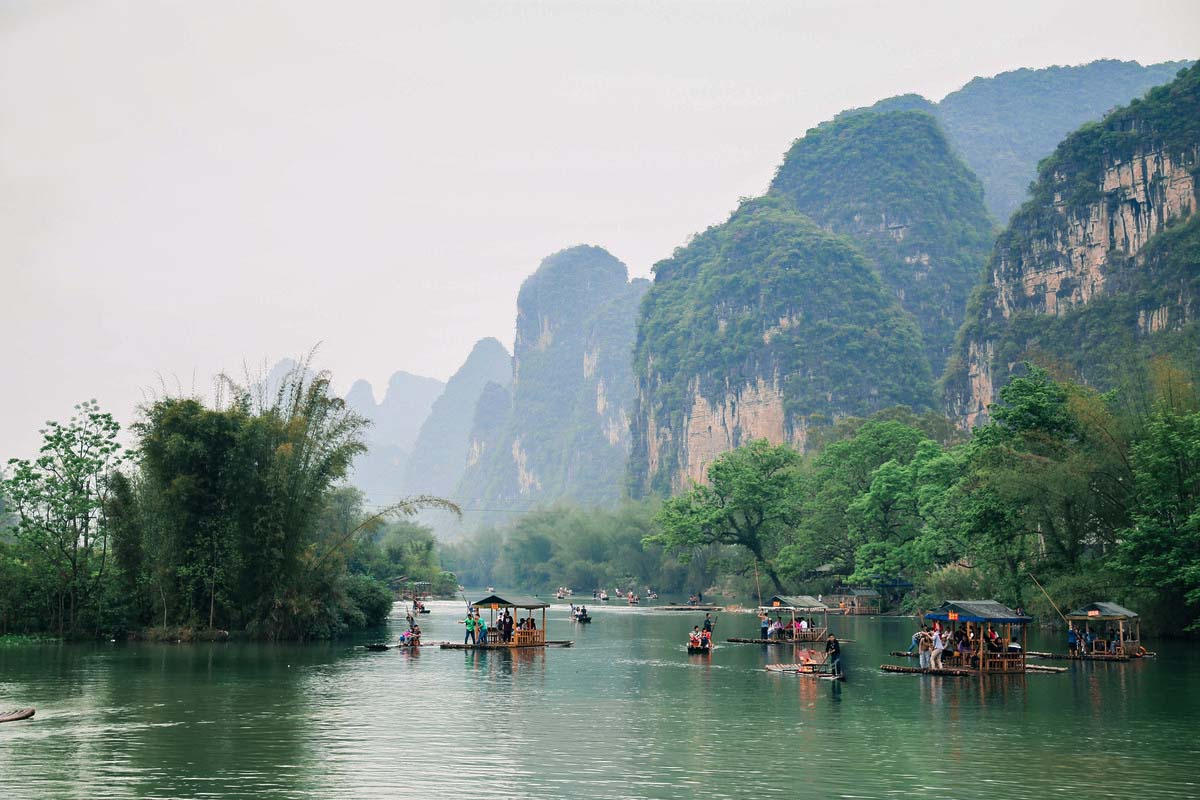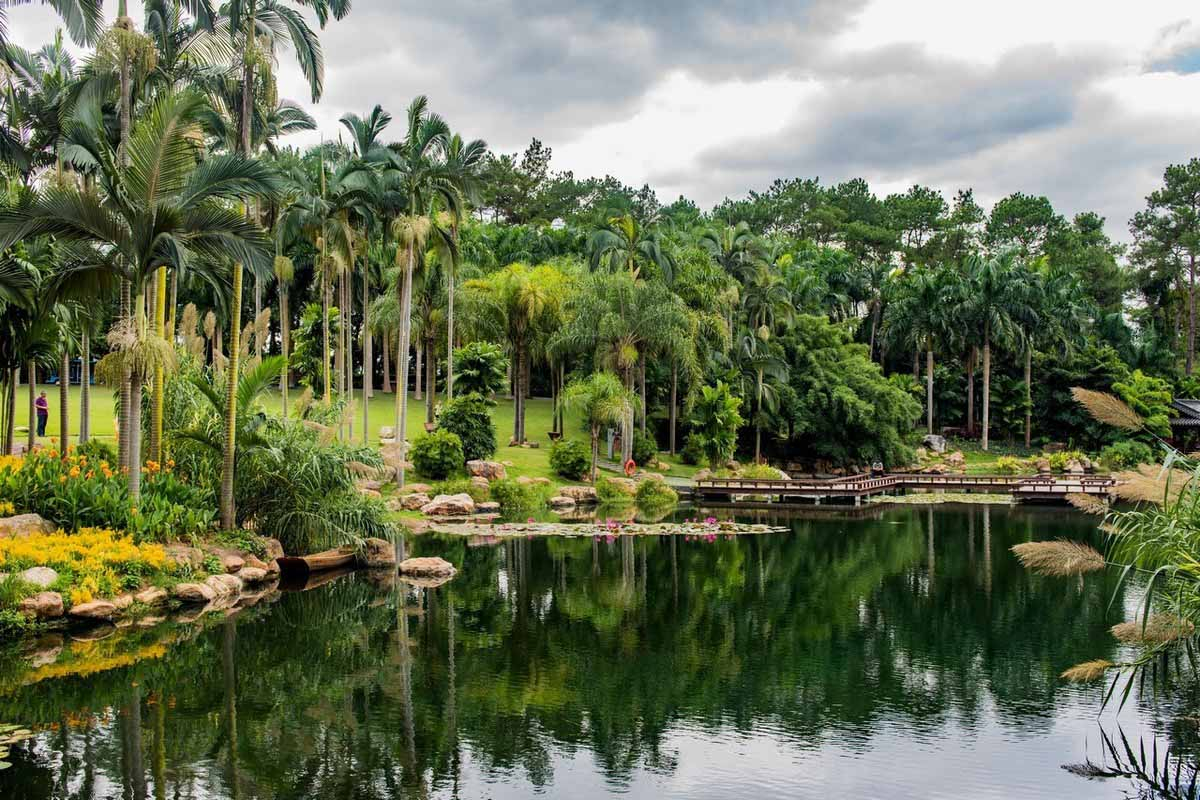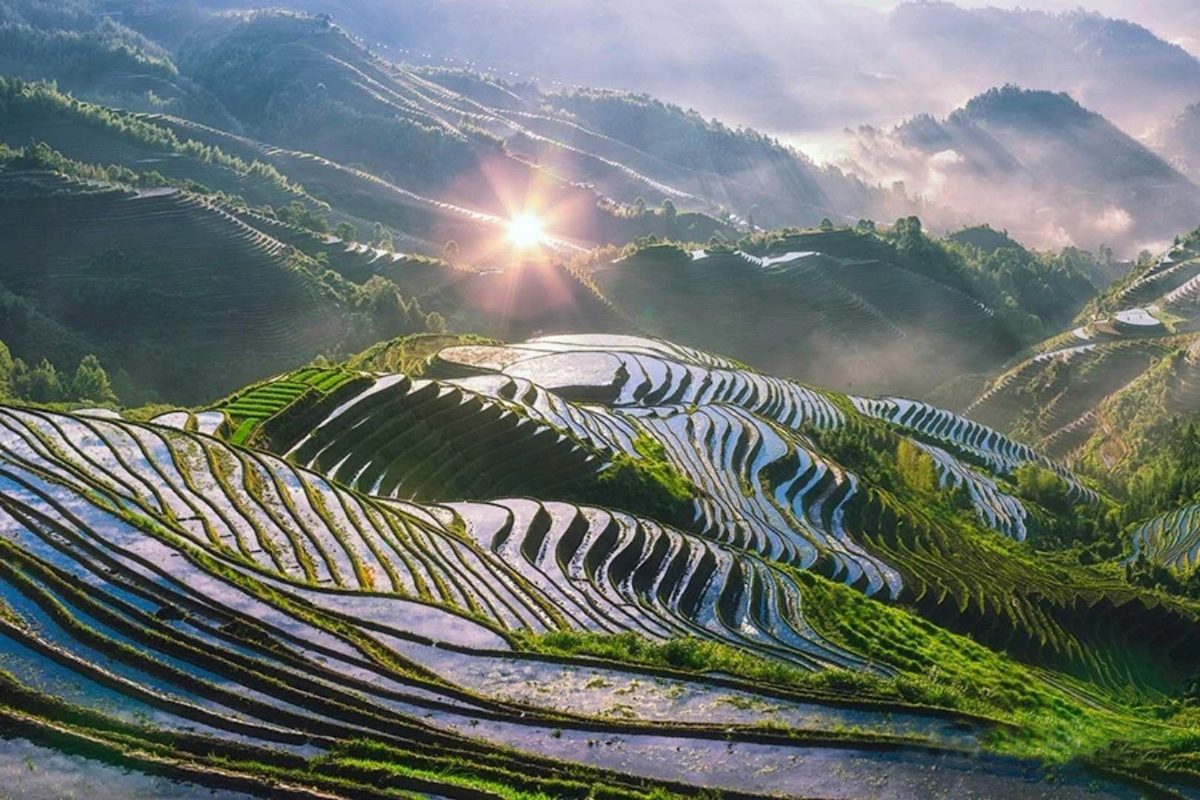A brief introduction of Guilin
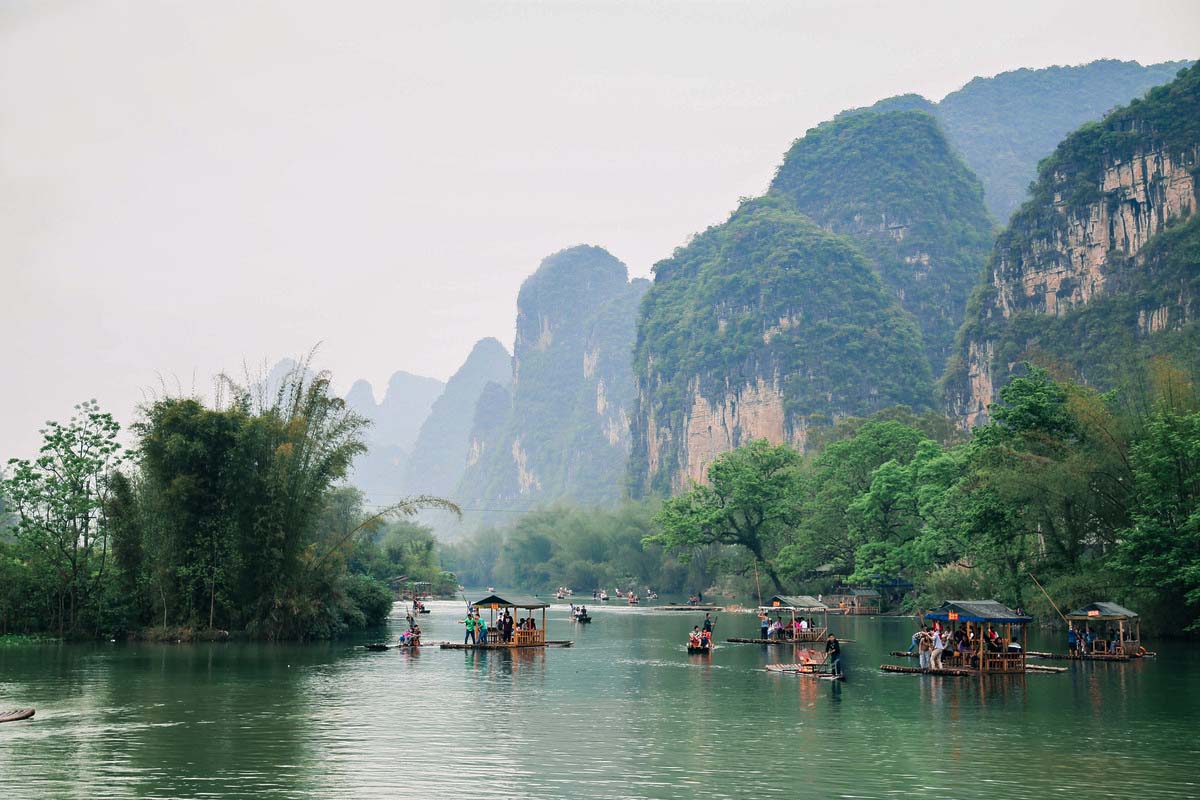
Guilin, located in northeast of Guangxi Zhuang Autonomous Region, is a small city with population of 700,000. The city has been the political, economic and cultural center of Guangxi since the Northern Song Dynasty (960-1127).
There is a saying “East or West, Guilin Landscape is the Best!” Guilin was firstly open to tourists in 1973, while started to be known in western countries in recently 20 years.Guilin is one of the most popular travel destinations in China. Its idyllic scenery has attracted millions of tourists from near and far these years.
Guilin is considered to be the pearl of China's thriving tourist industry on account of the natural beauty and historic treasures. Covering an area of about 27,800 square kilometers (10,734 square miles), the city is rather compact when compared with other leading cities in the country.
As one of the famous tourism destinations in China, Guilin regarded as the “the most fantastic and splendid place under the heaven”. Celebrated for its Karst limestone pinnacles, Guilin serves as not only a paradise for photography lovers, but also a small and quite city for visitors to explore the colorful minority cultures. This compact city is most famous for the green mountains, crystal clear waters, unique caves and the beautiful cliffs in its outskirts. Guilin is a place blessed with wonderful karst landscape, amazing caves, summits of ranges and clear water, inhabited friendly people. While you are in Guilin, these places you should must not miss: Reed Flute Cave, Li River sightseeing, Longji Rice Terraces and so on....
Guilin is also an important cultural city with a history encompassing more than 2000 years. The city has been the political, economic and cultural center of Guangxi since the Northern Song Dynasty (960-1127). Solitary Beauty Peak and Prince Jingjiang City is considered to be the oldest place of interest and has been so since the far off days of the Southern Song Dynasty (1127-1279). The prosperity enjoyed by the city during the Ming Dynasty (1368-1644) is epitomized by the Tomb of Prince Jingjiang.
The many ethnic minorities represented here that include the Zhuang, Yao, Hui, Miao, Mulao, Maonan and Dong enrich the cultural life of the city. Each minority has its own unique customs and festivals and this means that they are much more abundant here than in many other places elsewhere in China.
- HOTEST
- RECOMMEND
